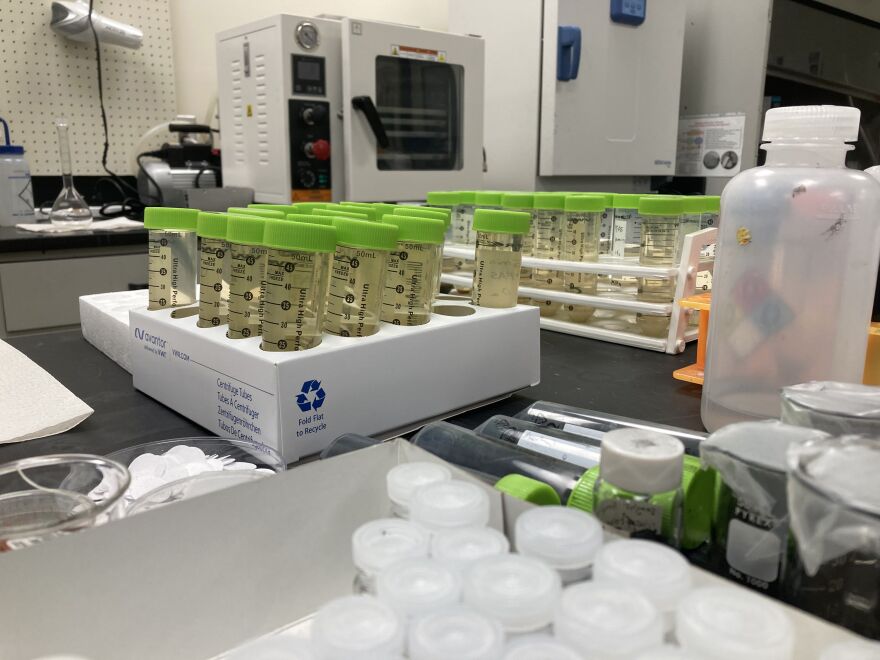PFAS chemicals will now be federally regulated following a historic announcement from the Biden administration on Wednesday.
The Environmental Protection Agency is implementing the first-ever drinking water standards on six PFAS chemicals.
They join a list of nearly a hundred contaminants — like lead and copper — that must be screened for by all public water systems in the country.
Sandy Wynn-Stelt is a Rockford resident whose drinking water was contaminated by Wolverine Worldwide. She said she felt like the government had failed her when she lost her husband to liver cancer, a disease associated with PFAS exposure.
"This has been a long journey, not just in our state where we have made incredible progress, but for our country," Wynn-Stelt said. "This is really a day of celebration."
The new maximum contaminant levels (MCLs) are set at 4 parts per trillion (ppt) for PFOA and PFOS and 10 ppt for PFHxS, PFNA and GenX chemicals.
Members of Michigan's congressional delegation applauded the announcement while acknowledging the rule's limitations.

U.S. Representative Debbie Dingell (D-Ann Arbor) said the federal MCLs are a promising step forward, but it won't be enough to address the scope of PFAS contamination.
At least 45% of tap water in the U.S. has one type of PFAS, and although concentrations are dropping, approximately 97% of Americans have some level of PFAS in their blood.
"Call me 'Debbie Downer' — I'm very grateful, I've badgered the EPA … but we still have PFAS in too many places," Dingell said.
U.S. Representative Dan Kildee (D-Flint) called the standards "just the beginning," and reiterated the need for additional PFAS legislation that addresses contaminated communities and vulnerable groups like veterans and firefighters.
The MCLs strictly apply to public drinking water systems — and do not include private wells or mandate polluters to meet the new criteria.
The EPA has proposed to list PFOA and PFOS as "hazardous substances" under a separate federal law, which would directly target polluters like the Department of Defense.
In a statement, the Michigan Department of Environment, Great Lakes and Energy (EGLE) said it welcomes the new standards and will integrate these stricter MCLs into the existing state programs.
Michigan is only one of two states in the Midwest that had PFAS drinking water standards prior to the EPA announcement — but an EGLE representative said the state still needs to evaluate how the rule will impact PFAS testing and drinking water treatment.
Roughly 10% of public utilities in the U.S. will need to make changes to meet the new standards, according to an EPA estimate. Public water systems are now required to complete initial PFAS monitoring and will have to publicly share the data by 2027.
Public water utilities have by 2029 to be in compliance with the standards and implement treatment systems.
The announcement coincides with $1 billion in federal funding to assist states in implementing PFAS testing and treatment at public water utilities.





